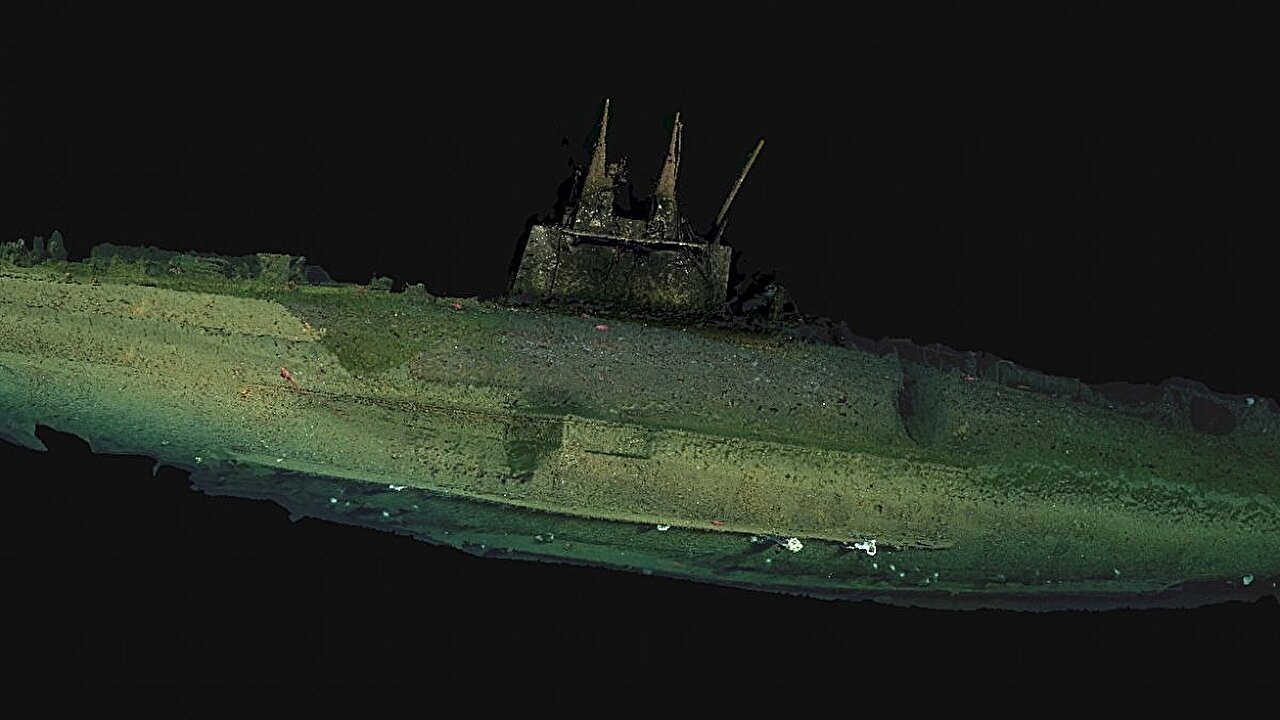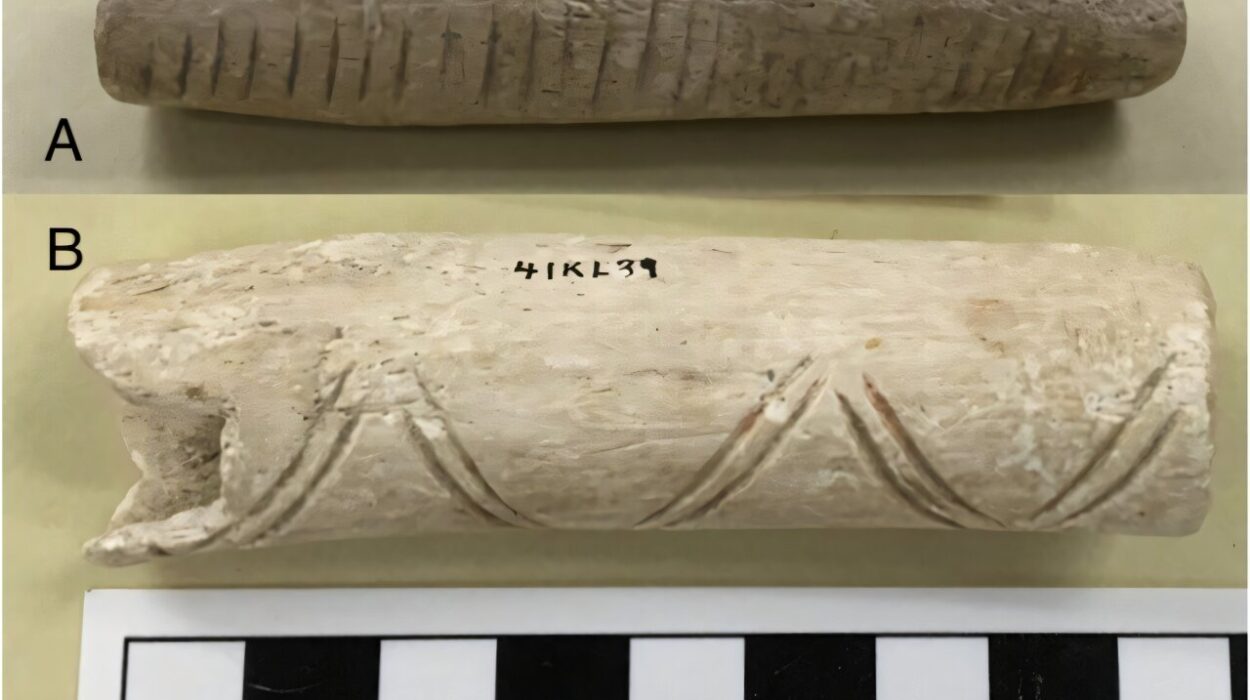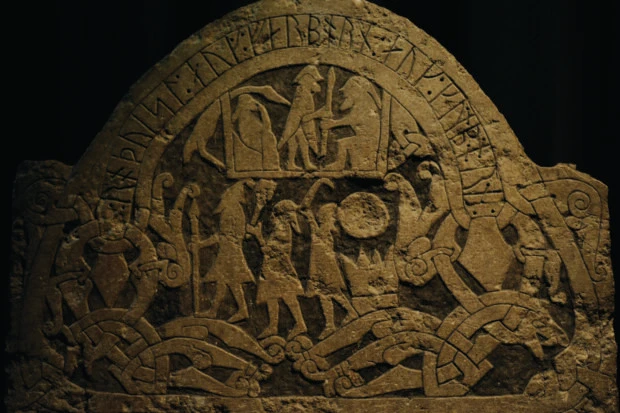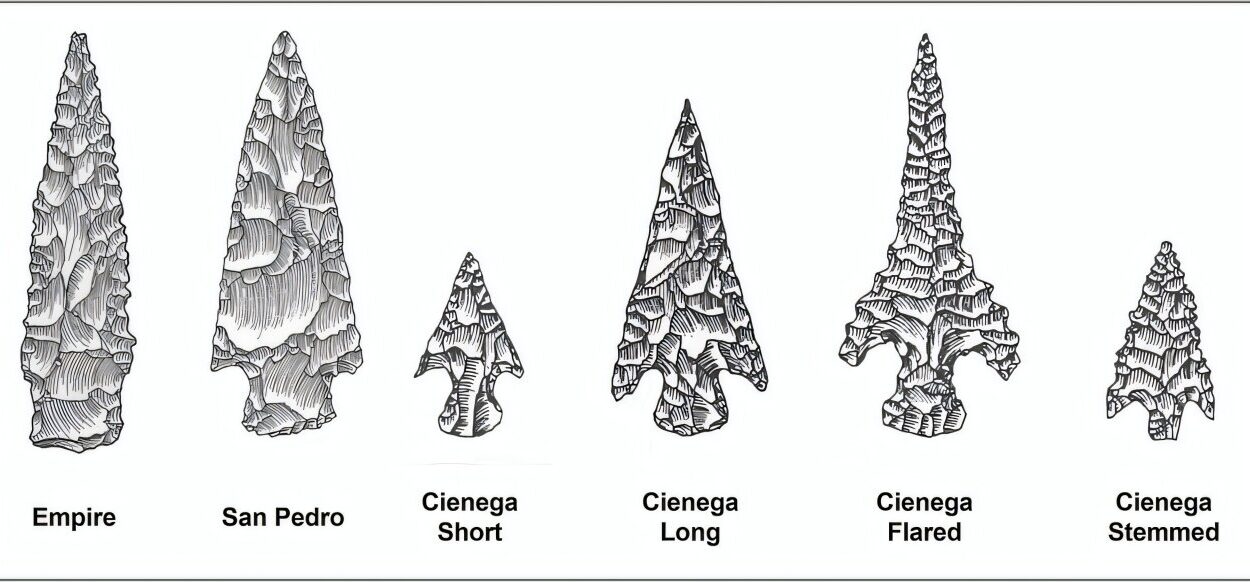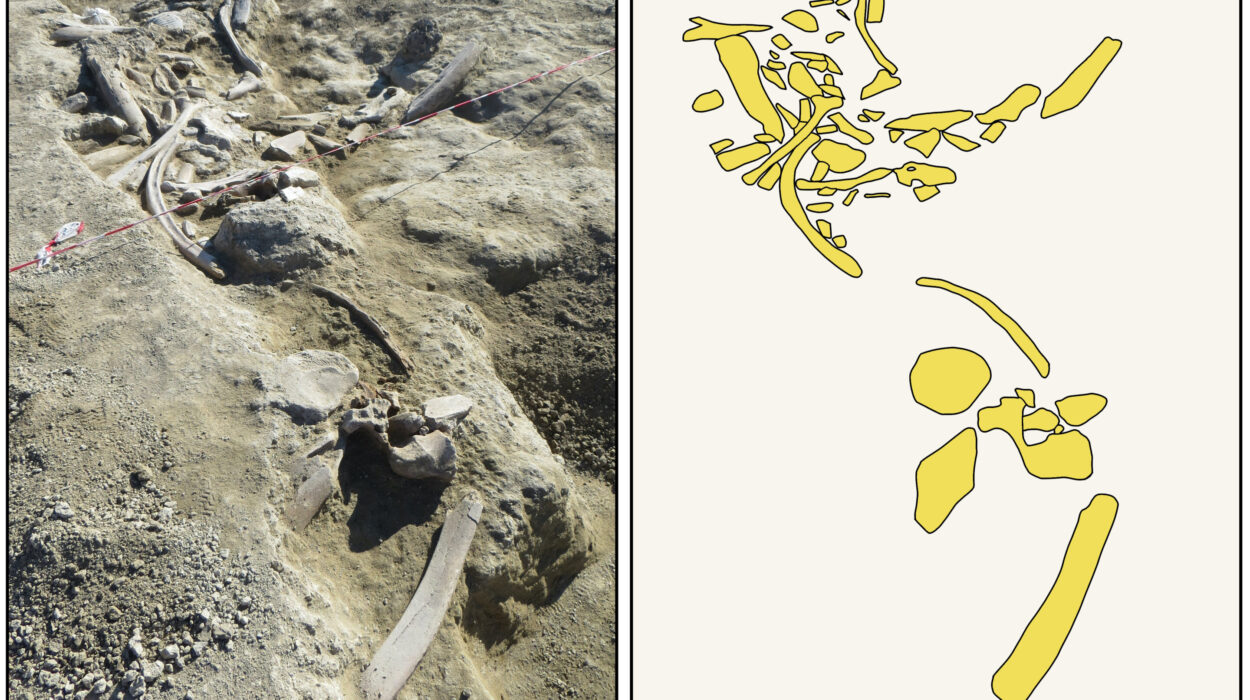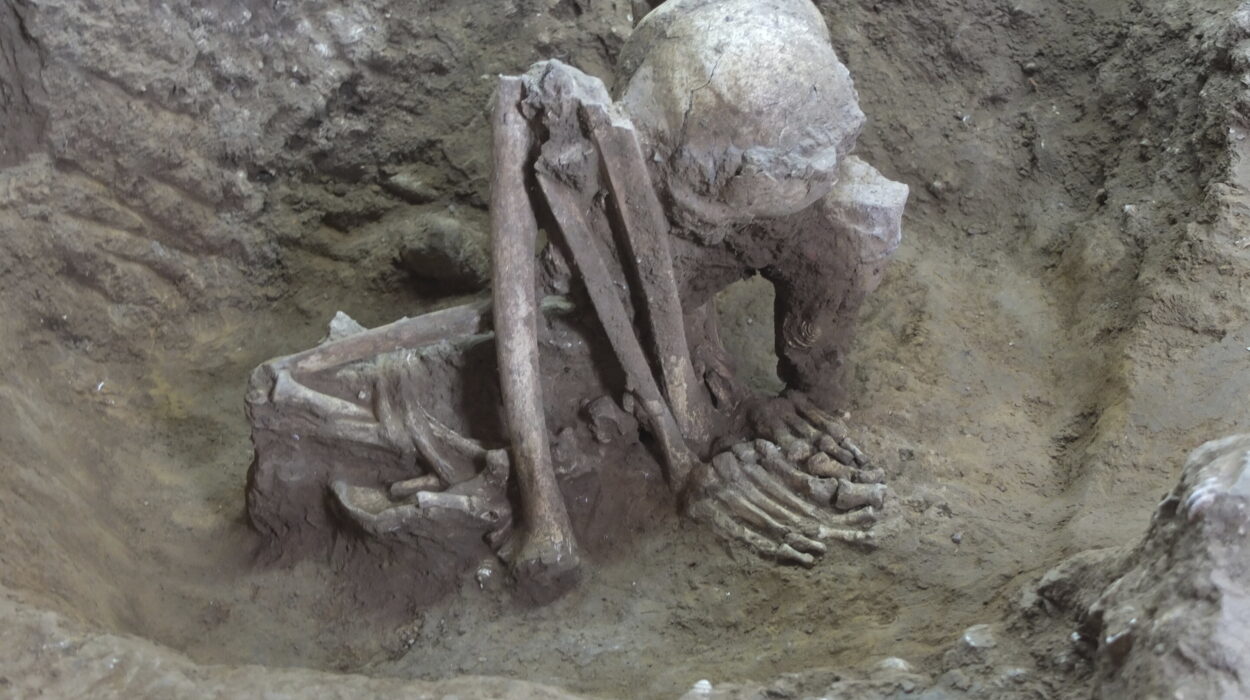Far below the sunlit surface, where light fades and silence reigns, the ocean floor becomes a graveyard of stories lost to time. Here, history doesn’t rest in museums—it lies rusting beneath crushing pressures and currents. One such relic is the USS F-1, a World War I-era submarine that met its tragic fate more than a century ago, vanishing into the darkness off the coast of San Diego with 19 sailors aboard.
Now, in a breathtaking fusion of technology, history, and human reverence, a team of scientists, engineers, and veterans have returned to that very place—1,300 feet below the surface—not just to explore, but to listen. To remember.
What they brought back are the first-ever, high-definition images of the F-1‘s final resting place. More than a mission of discovery, this was a dive into the past, into memory, and into the enduring power of maritime heritage.
A Submarine Lost to History
The USS F-1 was never designed for headlines. As one of the earliest American submarines, launched in 1911 and originally named Carp, she served a brief and quiet career in the Pacific Fleet. But her end was anything but quiet.
On December 17, 1917, during maneuvers off the coast of California, the F-1 collided with her sister ship, F-3. In an instant, the F-1 was torn open, flooding and sinking within ten seconds. Of the 22 crew members aboard, only three survived. The Navy salvaged what it could in the days that followed, but most of the wreck disappeared beneath the waves, beyond the reach of divers, fading into obscurity.
For over a hundred years, her story remained dormant—until the Alvin team returned.
The Return of Alvin and Sentry
From February 24 to March 4, 2024, the research vessel Atlantis sailed out into the Pacific, crewed by a team from the Woods Hole Oceanographic Institution (WHOI), the Office of Naval Research (ONR), the National Science Foundation (NSF), and the Naval History and Heritage Command (NHHC). Onboard were the crown jewels of deep-sea exploration: HOV Alvin, the legendary human-occupied submersible, and AUV Sentry, its autonomous partner.
This was no Hollywood-style treasure hunt. It was a training and engineering dive—a routine mission meant to test new equipment and sharpen the skills of pilots and engineers. But when sonar data revealed a shape on the seafloor unlike anything else nearby, the mission took on a deeper gravity.
With meticulous care and technical precision, Sentry’s sonar mapped the area, confirming the presence of two wrecks: a U.S. Navy torpedo bomber lost in 1950, and nearby, unmistakably, the remains of the USS F-1.
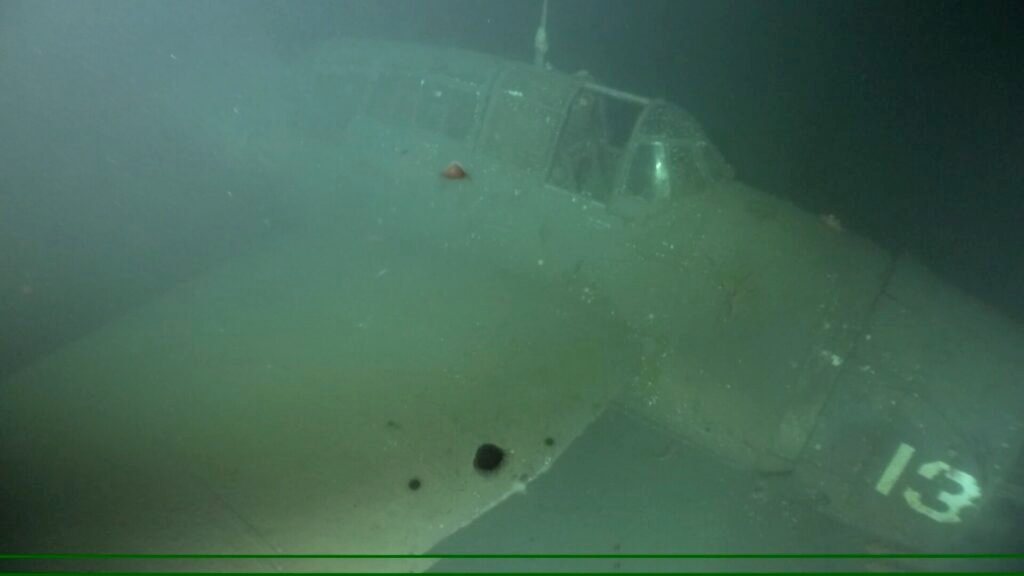
Diving Into the Past
Once the wreck was identified, the team prepared Alvin for a historic dive. Among those descending were Bruce Strickrott, the senior pilot and manager of the Alvin Group; Rob Sparrock, a Navy veteran and ONR program officer; and Brad Krueger, an underwater archaeologist with the NHHC on his first ever in-person dive to a historic site.
Inside the cramped titanium sphere of Alvin, they plunged into darkness for nearly eight hours, navigating carefully around the shattered remains of the sub. The wreck rested quietly, adorned by decades of marine life and sediment—still recognizably a submarine, yet visibly marked by the violent force that had claimed her.
“It was a solemn privilege,” said Sparrock. “Time down there moves slowly. It gives you space to reflect on the mariners who risked—and gave—their lives in service. This wasn’t just exploration; it was remembrance.”
Technology Meets Reverence
Unlike the early 20th-century technology aboard the F-1, the tools used to rediscover her were at the cutting edge of 21st-century ocean science. Multi-beam sonar systems aboard the Atlantis and Sentry created high-resolution maps of the seafloor. Alvin, equipped with advanced video and still photography systems, captured footage with a clarity never before seen at these depths.
The WHOI imaging team later stitched these photos into breathtaking photogrammetric models—digital 3D reconstructions that allow scientists to virtually “walk” around the wreck. These models provide crucial information: the orientation of the sub, the nature of its damage, and the way sea life has colonized the site over the years. They also give historians and the public a chance to bear witness without disturbing the site.
“This wasn’t just a technical challenge,” said Anna Michel, chief scientist of the National Deep Submergence Facility (NDSF). “It was about honoring a place of loss and learning how to tell its story using the best tools we have.”
Training the Next Generation
This dive was also an important milestone for ocean science education. The Alvin cruise was originally designed as a training mission, giving pilots-in-training valuable time behind the controls in real-world conditions. The chance to work with a site of such historical significance turned a technical exercise into something transformative.
As Lisa Clough of NSF noted, “The NDSF fleet doesn’t just study geology or ecosystems—it enables the next generation of scientists, engineers, and explorers. Sometimes, that journey takes them into history itself.”
With every sonar ping, every calculated descent, and every image captured, the crew was bridging eras—linking the sacrifices of sailors long gone with the innovations of scientists and engineers shaping our future.
A Ceremony of Names
Back aboard the Atlantis, the mood was reflective. Above the wreck site, with the Pacific rolling gently beneath them, the team gathered to honor the 19 men lost aboard the F-1. A ship’s bell rang out 19 times, each note echoing across the waves like a whisper from the deep.
The names of the fallen were read aloud. It was a small act, perhaps, but a profoundly human one—acknowledging that this mission was never just about metal and machines. It was about memory.
“History and archaeology are all about people,” said Krueger. “The Navy has a responsibility to preserve and remember. This was our way of honoring that duty.”
Rewriting the Story of the F-1
Until now, the USS F-1 had largely been a footnote in naval history—a tragic accident in an era of experimental submarines. But the images and data from this expedition are rewriting that story, not only bringing visibility to a largely forgotten incident but also allowing historians to reassess the construction, usage, and vulnerability of early submarine technology.
The wreck shows how the forward battery section of the sub was crushed in the collision. Patterns of damage reveal much about the speed and angle of the impact, helping experts understand just how catastrophic the accident must have been. It’s a kind of forensic archaeology—telling the story not from survivors’ accounts, but from scars in the steel.
There is also a strange beauty in the wreck. Coral and anemones cling to the hull. Crabs scuttle through open hatches. Fish drift past silent control panels once alive with human intent. Over time, the sea has made a home of this place of tragedy.
Looking Ahead: Technology, Memory, and the Sea
As ocean exploration continues to advance, missions like this one are becoming more common—but no less remarkable. The ability to dive deeper, map more precisely, and document with cinematic clarity is transforming how we engage with the ocean’s hidden landscapes. What was once out of reach is now within our grasp—not just for science, but for culture, memory, and connection.
The USS F-1 is just one of hundreds, perhaps thousands, of shipwrecks resting in the world’s oceans. Each one holds stories not yet told. Some are warships. Some are merchant vessels. Some are aircraft. All are pieces of a vast, submerged tapestry that binds human history to the restless sea.
As Bruce Strickrott reflected, “Advanced ocean technology and simple teamwork made this possible. But it’s more than that. It’s about the power of curiosity, and the honor of remembering.”
Conclusion: Echoes from the Deep
In the deep sea, where pressure would crush unprotected humans in seconds and where no light penetrates, the USS F-1 now rests—quiet, solemn, dignified. But thanks to a rare convergence of engineering, scholarship, and respect, her story has surfaced once more.
This was not just a training mission, or a scientific survey. It was an expedition into the past, a conversation with silence, and a reminder that beneath every wreck lies more than rusted steel—there lies legacy.
The sea may take, but it also preserves. And sometimes, with patience and purpose, it gives back.
